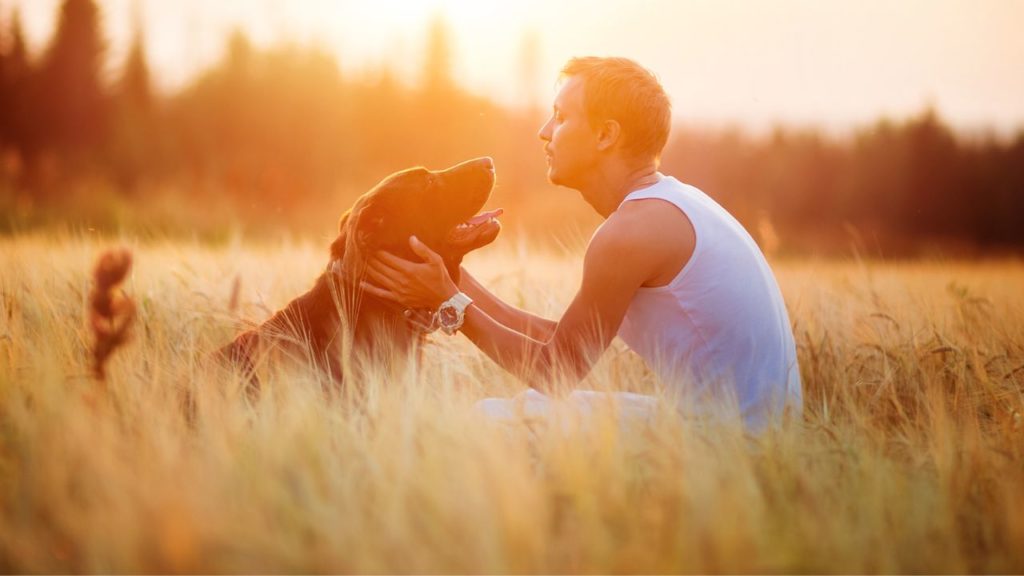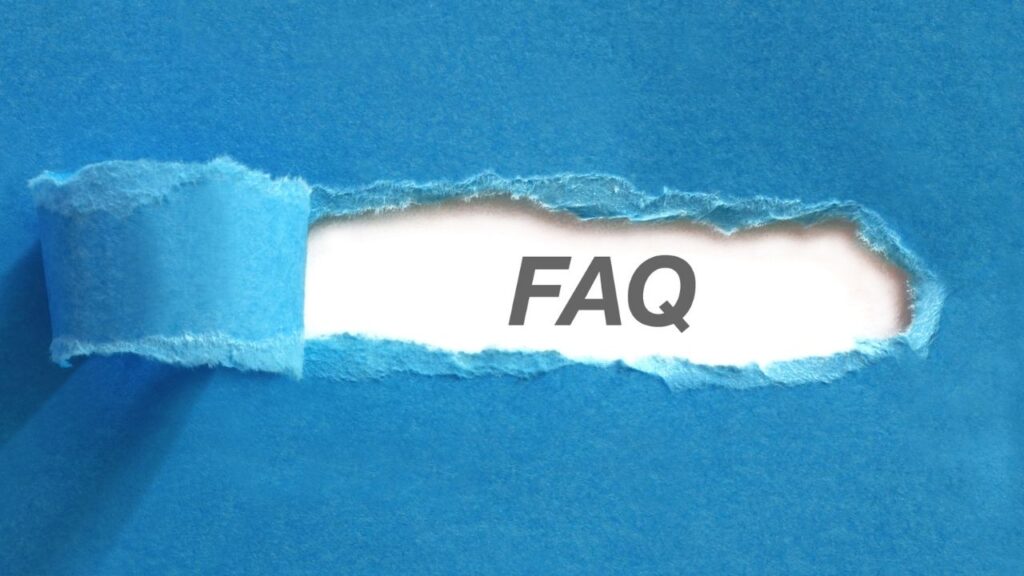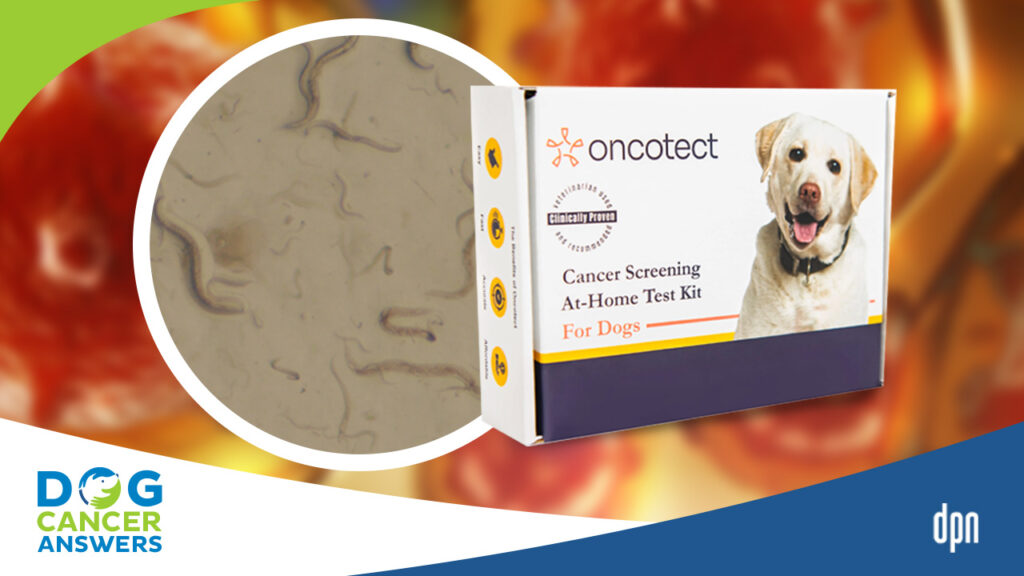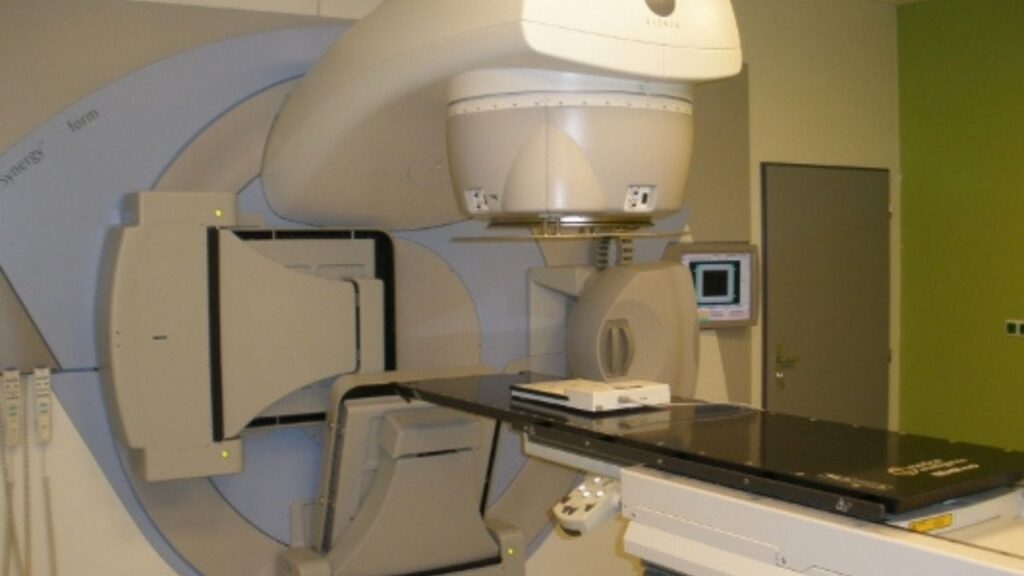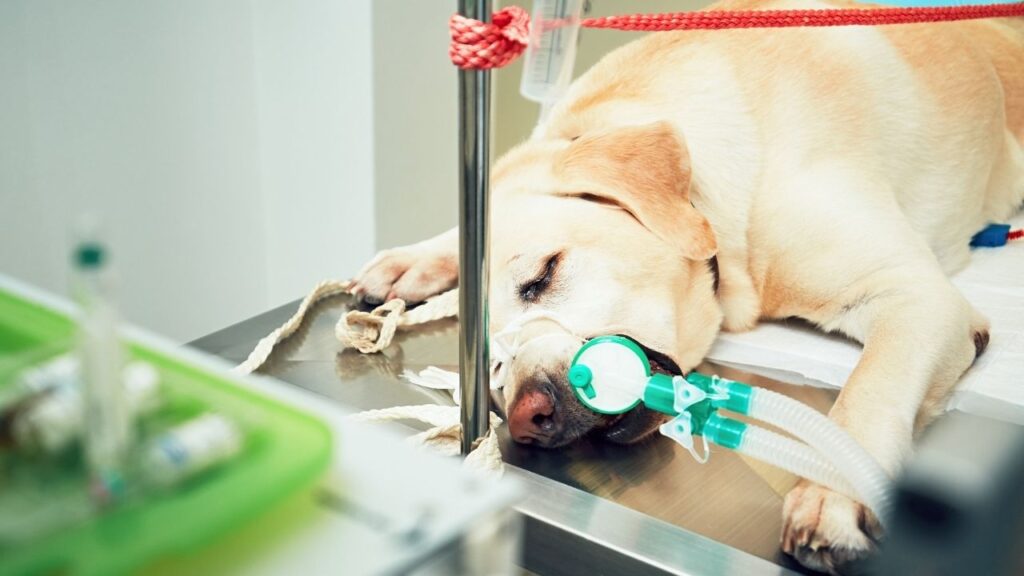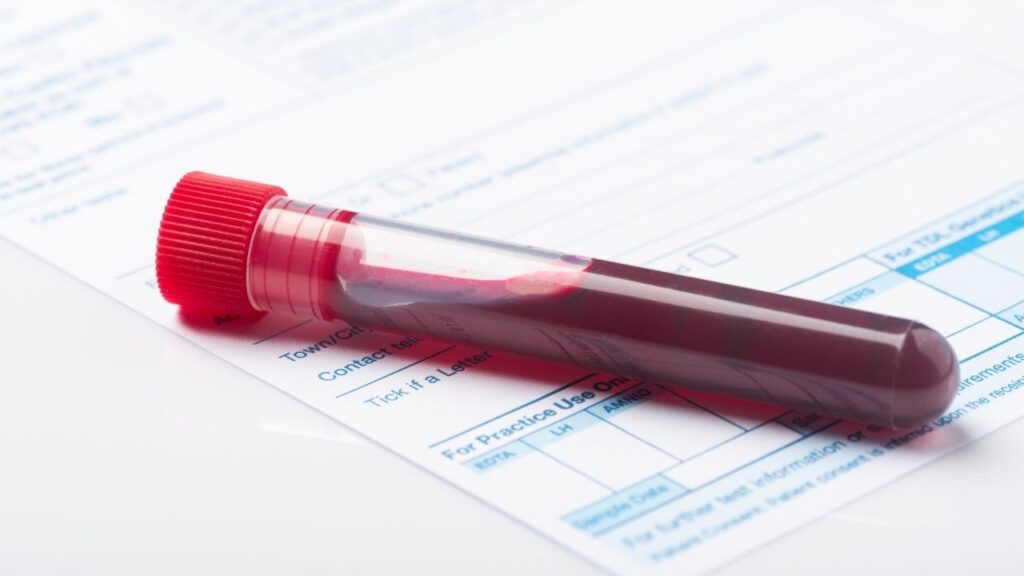Even when dog cancer isn’t caught early, it is never too late to take action. Advances in treatment and palliative care have expanded the options for canine cancer patients and their guardians regardless of time of diagnosis.
Key Takeaways
- Vets can detect cancer in dogs in most cases if the suggested tests are pursued. This is not true 100% of the time and may be limited if cost is a huge concern and/or testing options are limited.
- There is no number one cause of cancer in dogs. It is likely a combination of environmental and genetic elements.
- A vet can be wrong about cancer, especially for cancers that can look a lot like other things.
- In many cases a vet can tell if a lump is cancerous by doing a fine needle aspirate or a biopsy. They cannot tell just by looking at or feeling the lump.
Cancer is Hard to Diagnose in Dogs
Cancer can be challenging to diagnose, especially in the early stages of disease. There are a variety of reasons why dog cancer isn’t caught early, but one of the major challenges is that veterinarians can’t ask their patients questions.
While humans can tell a doctor how they feel and how that is impacting their daily life, dogs are not able to communicate this. They rely on the observations of owners and veterinary professionals. The veterinary medical system is inherently challenging in this way because communication cannot be direct from patient to doctor.
There are other reasons we don’t catch dog cancer earlier. Here are some of them:
- Many times, the signs that are visible in examination or behavior do not present until the cancer is later stage.
- The list of potential signs associated with cancer overlaps with clinical signs of many other diseases – and this list is very long.
- There is no single component that is the biggest cause of cancer. It is likely a combination of factors including environment and genetics that contribute to its development. With no one cause, we don’t have a “reason” to consider cancer unless signs show up.
- This means that we often don’t have clear clues of which dogs are at risk and should be monitored more closely.
- Many of the tests run on a routine monitoring basis are not designed as cancer tests.
- While some tests included in routine blood work can give indications of inflammation or disease in the blood or a specific organ like the liver or kidneys, these findings can be non-specific and commonly will not identify cancer by themselves.
- Certain blood cancers can be identified with routine bloodwork, but the majority of other cancers require further testing that is more specialized.
As a result of all of these factors, there is often a delay from initiation of disease to presentation at the vet’s office for its associated signs.
Diagnosing Dog Cancer Is Like a Scavenger Hunt
While some things like lumps, bumps, swelling, limping, and symptoms can be visible on the outside of your dog and a physical exam or routine blood work may indicate something is off, other diagnostics are needed to look inside of your dog’s body.
Diagnosing cancer can be a terrible scavenger hunt and may require multiple different types of imaging and more advanced diagnostic procedures to find the tumor that is causing your dog’s symptoms and identify it.
Cancer Can Progress Quickly
Cancer may look like other illnesses and require advanced testing to diagnose, but it can also progress very quickly.
Many cancers develop gradually over time with a tumor that steadily grows, but others can literally pop up overnight. Lymphoma is the most famous for this – one day the dog seems totally normal, and the next he has enlarged lymph nodes all over his body.
There are some cancers that show no signs at all until extreme illness happens. Hemangiosarcoma on the spleen or heart often has no symptoms until the tumor bursts and causes internal bleeding.
And there are other cancers that have a threshold effect, in which illness only becomes apparent when a certain amount of cancer is present in a certain location(s). For example, a tumor in the armpit might not be obvious until it starts to block your dog’s leg from moving normally.
Cancer Can Look Like Other Issues
These are some of the more common symptoms that dog lovers notice before their dogs are diagnosed with cancer:
- Lethargy
- Decreased interest in activities
- Weakness
- Vomiting
- Diarrhea
- Difficulty urinating or defecating
- Appetite changes
- Weight loss
- Muscle loss
- Limping
- Stiffness
- Cough
- Changes in breathing pattern or effort
- Pain
- Seizures
- Another neurologic dysfunction
- Lumps or bumps
- Open sores or non-healing wounds
- Discharge from eyes, nose, other orifices
- Bleeding or bruising
- Unusual swelling or fluid retention
- Challenges with the process of eating or swallowing
- Unusual or offensive odor
This is by no means a complete list of possible signs of cancer! Exact symptoms will vary depending on the type of cancer and its location.
But these symptoms do not only apply to cancer. These same signs can be associated with:
- behavioral issues
- inflammatory gastrointestinal disease
- infectious disease
- immune mediated disease
- dietary indiscretion (eating foreign material)
- parasites
- urinary tract or kidney infection or blockage
- pancreatitis
- trauma
- arthritis or other joint disease
- soft tissue injury
- pneumonia
- heart disease
- epilepsy
- inflammatory or immune mediated nerve or brain disease
- abscess
- skin infection
- clotting disorders
- and many other illnesses and conditions
When reading this list and recognizing the multidirectional overlap of disease presentations, it becomes clear how complicated it can be to identify cancer without advanced diagnostic procedures and testing.
However, although it can take time and can be expensive, in the majority of cases a diagnosis can be reached. This is not true 100% of the time and does not apply if needed tests can’t be performed either due to lack of access or financial limitations.
Screening Tests Add Up
Sometimes dog cancer isn’t caught as early as we would like because of financial considerations. Veterinarians know that most dog lovers (especially here in the U.S.) do not have pet insurance and are paying out of pocket for everything they do in the clinic.
Sometimes, that leads some veterinarians to say “let’s just watch” a lump or bump, when it might benefit from further investigation. This is changing more and more, as dog lovers become more aware that cancer is a problem in dogs, and that there are treatments available.
You Think We Just Want Money? Not So.
Veterinarians hate being accused of grubbing for money, but they also want their clients to know what testing options are available and might give an answer about what is wrong. They consider deeply when advising about what is “necessary” for testing, and what is not.
Often the doctor is working through a process of considering financial investment and the likelihood of that investment producing an answer. This calculation is not taken lightly and is extremely challenging to make in any circumstance.
If you are having difficulty understanding what a test is for, it is important that you ask that question. Your veterinarian can explain why she recommends that test, how likely that particular test is to give a final answer, and if the results will change the treatment plan.
We Both Want Your Dog Healthy and Happy
You and your vet are a team! Understand that you can always decline a test even if your vet offers it. She isn’t judging you if you can’t or don’t want to pursue further testing or even treatment.
She just wants you to know what all of your options are.
Having all of the information can help you decide which tests to spend money on, to figure out what is going on with your dog and which tests to skip. An oncologist will be even better positioned to determine which tests to skip in favor of treatment.
Does Dog Cancer Get Misdiagnosed?
A misdiagnosis of cancer is also possible, especially when that cancer can look a lot like something else. Asking for a second opinion after a cancer diagnosis is never wrong.
The Bottom Line
Often, the reason that dog cancer isn’t caught early is because we either don’t have the tools to find it early or the signs are so subtle that they look like other problems.
Also, cancer diagnostics are expensive, so testing might be put off until your dog shows additional symptoms.
Don’t beat yourself up about “missing” something, and don’t blame your vet. Both of you want your dog to be cancer free, and neither of you has a crystal ball to see the future.
Topics
Did You Find This Helpful? Share It with Your Pack!
Use the buttons to share what you learned on social media, download a PDF, print this out, or email it to your veterinarian.


